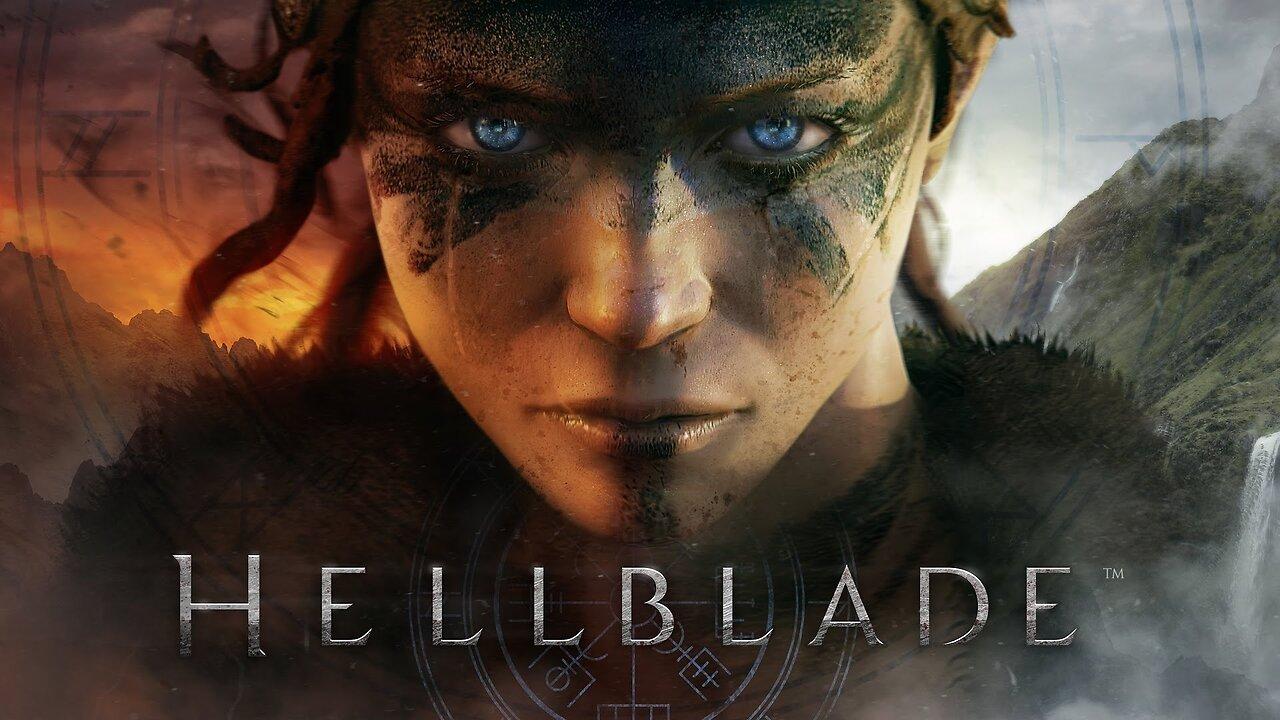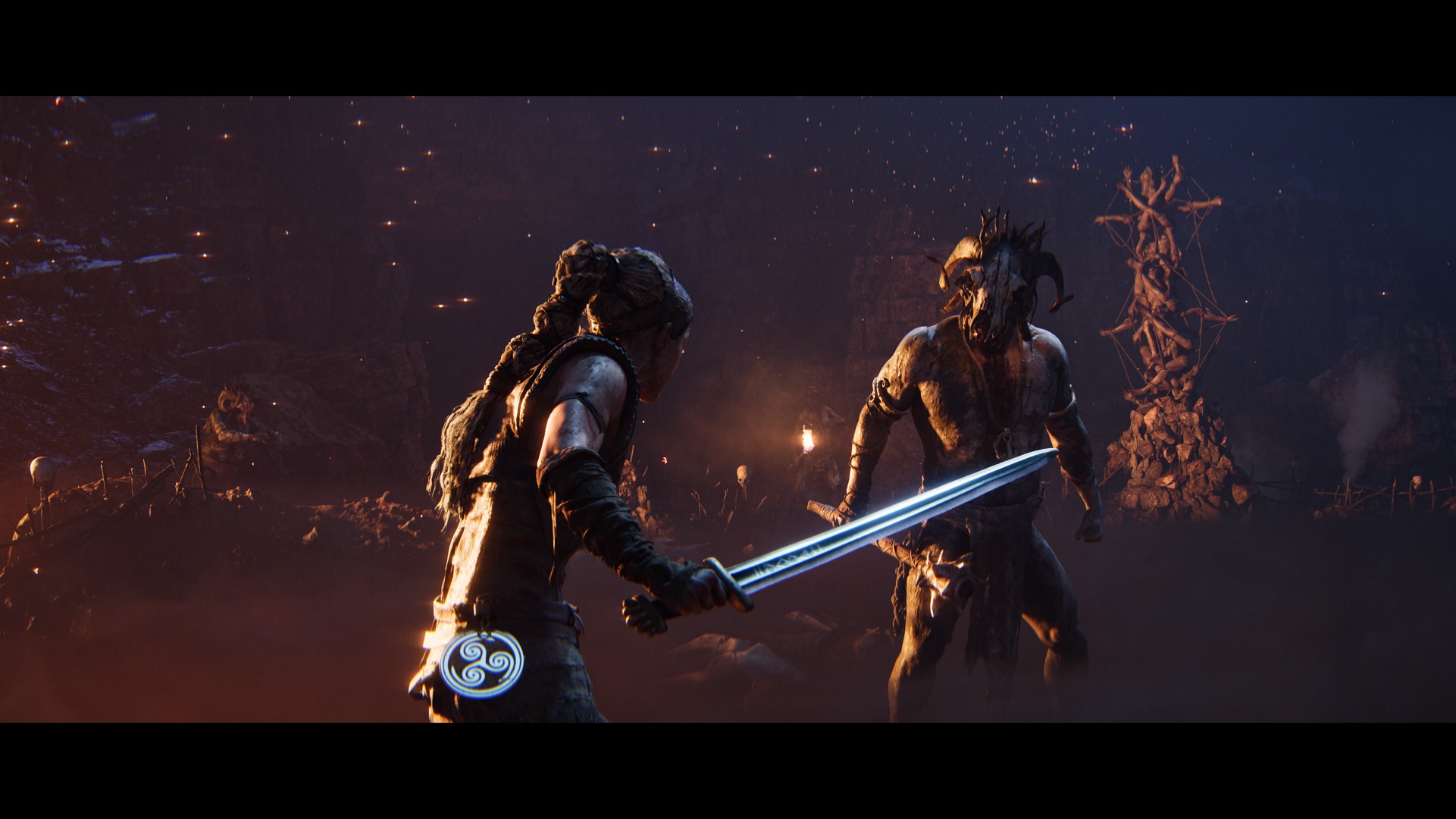Hellblade 2 is now available! The highly anticipated sequel has finally arrived five years after its announcement and seven years since the original installment captivated audiences as a multiplatform release. Since then, the studio behind Hellblade, Ninja Theory, was acquired by Microsoft, which could have leveraged this acquisition to highlight Xbox Series X’s capabilities. However, for reasons unknown, Microsoft remained silent and delivered the game late for testing, leading us to wonder if it would fall short of expectations. Fortunately, Hellblade 2 not only fulfills all its promises but is currently considered the most visually stunning game ever created. Nonetheless, a beautiful game does not necessarily equate to an excellent gameplay experience, so we must consider how the gameplay has evolved since the first episode and evaluate aspects such as atmospheric sound, immersion, and storytelling. We will explore these elements in depth; however, if you appreciated Robert Eggers’ film ‘The Northman,’ starring Alexander Skarsgard, Anya Taylor-Joy, Ethan Hawke, and Nicole Kidman, you are likely to enjoy Ninja Theory’s game due to the striking similarities between the two works.
A WORK ON THE EXCEPTIONAL SOUND
After defying both illusions in the first Hellblade to mourn her husband Dillion and purge his gruesome death from her mind, Senua will now confront Norse gods or the myths that comprise their folklore. This trend is prevalent in video game mythology over recent years. Depictions of Norse mythology are typically not warm or benevolent, a pattern that Hellblade 2’s universe follows. The atmosphere in this sequel is cold and almost glacial, with an environment that is hostile, violent, and uncompromising. The developers at Ninja Theory have not shied away from depicting gruesome scenes, including visible wounds from slashed open bodies, dismembered corpses, flowing blood, and screams that can be disturbing. I recommend playing Hellblade 2 with your best headset for two reasons: firstly, because the game’s sound atmosphere is absolutely stunning, one of the best in its category. The second reason is to avoid frightening your children or neighbors if you have any.
Hellblade 2 is not intended for the general public, particularly those who do not enjoy scary games. The game features disturbing situations as Ninja Theory’s title delves into heavy subjects such as psychological disorders, trauma, schizophrenia, and other themes that may offend some players. Senua, our main character, suffers from these mental conditions, which are seen as prophetic among Vikings in the game’s context. Throughout Hellblade 2, her illness is represented by voices speaking or whispering constantly, affecting her at every moment of her journey. Additionally, there are deep and sometimes guttural voices that can be chilling during dark scenes. The game’s sound design and 360-degree audio management are exceptional, making it a unique experience for those who are open to its proposition.
THE BEST GAME EVER CREATED?
To make the journey unforgettable, the team at Ninja Theory has exceeded expectations. We knew Hellblade 2 would push graphical boundaries based on the trailers we had seen, but it surpasses our expectations in reality. With a large 4K screen, preferably OLED, you will witness the meticulous work of the studio. Simply put, it is currently the most graphically impressive game ever created. The beauty is stunning, from the detailed environments and textures to character modeling, animations, and facial expressions that are eerily realistic. We have reached an unprecedented level of photorealism that sometimes makes us forget we are playing a video game rather than watching an animated film. Alan Wake 2 already achieved remarkable character modeling, but Hellblade 2 has surpassed it. The likeness is incredibly faithful for every character in the adventure – even muscle movements and lip details are rendered accurately. The level of detail is so high that you can see veins in Senua’s eyes when positioning the camera correctly.
Each movement performed by any character is complemented by a fitting facial expression, whether it conveys effort, pain, fear, or even a smile—it is unprecedented. Additionally, the management of light and shadow contributes to the realism and oppressive atmosphere of this world. Considering that the entire development team consists of only 100 people, one can appreciate the significant work accomplished. It is remarkable. Of course, it could be argued that Hellblade 2 is a linear game with heavy scripting, making it easier to achieve such visual flair compared to an open-world system; this argument holds true, but when playing the game itself, its impressive visuals remain outstanding, and we have waited nearly five years for next-generation gaming experiences like this.
THE GAMEPLAY, WHAT GAMEPLAY?
Here is the translation of the provided French paragraph to English:—Hellblade 2, Ninja Theory’s sequel, has finally been released after seven years, following the success of the first game which explored themes of psychological disorders and trauma. Set in a harsh, cold Norse mythology-inspired universe, the game is known for its stunning visuals, with meticulous attention to detail, photorealistic character models, and impressive facial animations. The game employs 360-degree audio design to immerse players in Senua’s tormented mind, featuring constant voices representing her mental illness. The atmosphere is intensely hostile and uncompromising, with disturbing visuals such as visible wounds, dismembered bodies, and blood flow. This makes Hellblade 2 an experience intended for mature audiences familiar with scary games that handle heavy subjects like schizophrenia sensitively. While the game’s graphical prowess is undeniable, some may question whether it translates into engaging gameplay. Although Ninja Theory has not revealed significant changes from the original gameplay in this sequel, players will undoubtedly appreciate the exceptional narrative, atmospheric sound design, and visual storytelling that make Hellblade 2 a remarkable achievement in video game development, despite its somewhat limited scope compared to open-world games.—
Once in combat mode, you find yourself in a closed and highly restricted arena where each enemy presents a distinct challenge. There are quick attacks, louder ones, the option to parry with your sword, or evade instead. No complex combos are required; just common sense and an understanding of enemy patterns, which are not overly complicated, especially for those familiar with FromSoftware games. A notable feature is the mirror Senua carries, allowing her to trigger a bullet-time effect to slow down time and deliver more powerful strikes. However, there are changes in how battles are approached as they no longer consist solely of 1v1 encounters; additional adversaries can emerge from different sides, adding complexity to the choreography and making it more cinematic. This is particularly immersive for those who appreciate such stylistic combat sequences, where the brutality of each strike is vividly portrayed, potentially causing discomfort with graphic depictions like throat slits or blades piercing through sternums.
CINEMA OR VIDEO GAMES? MAYBE BOTH
In pursuit of offering the most cinematic gaming experience possible, Hellblade 2 has minimized its heads-up display (HUD) to a bare minimum, with no contextual information appearing on screen. The game also proposes using a CinemaScope aspect ratio for ultra-widescreen owners, although this could add black bands that might affect performance. Hellblade 2 does not provide explanations for its systems or puzzles; players must figure things out independently, regardless of the difficulty level. Notably, the game includes a dynamic difficulty setting that adjusts based on the player’s playstyle, which is a significant feature.
Moreover, as Ninja Theory had announced, the game is indeed short. A first run should take between 8 to 9 hours if you get stuck on puzzles, approximately 5 to 6 hours for a second run, and after that, there’s little chance of returning; however, the experience is worth it, especially if you appreciate this kind of experience. Regardless, Hellblade 2 won’t captivate all attention with its gameplay; rather, it will be through its atmosphere, ambiance, story, and grandiose staging. If you did not connect with the 2017 original, there’s little chance this sequel will hold your interest. The formula remains largely the same, with only minor changes. However, if you’re receptive to such experiences, you won’t come away unscathed.
Have any thoughts?
Share your reaction or leave a quick response — we’d love to hear what you think!




